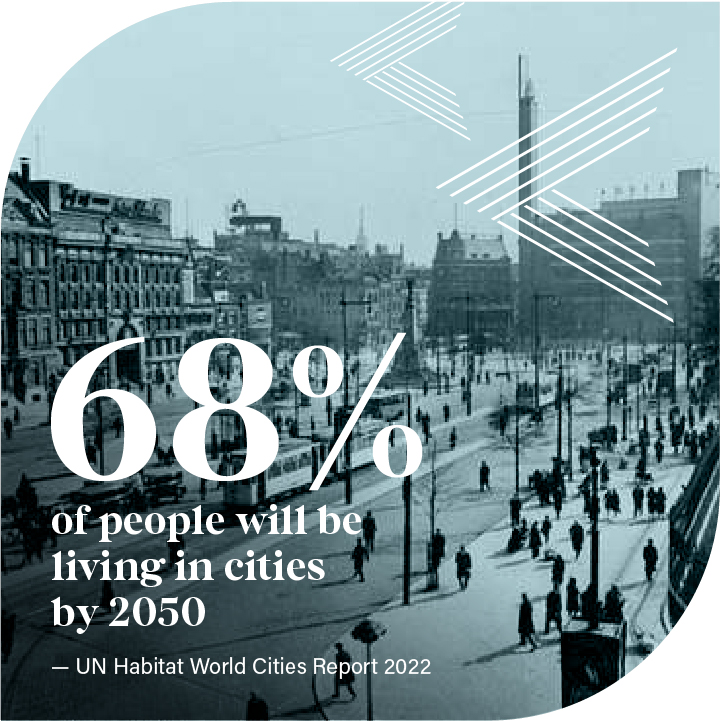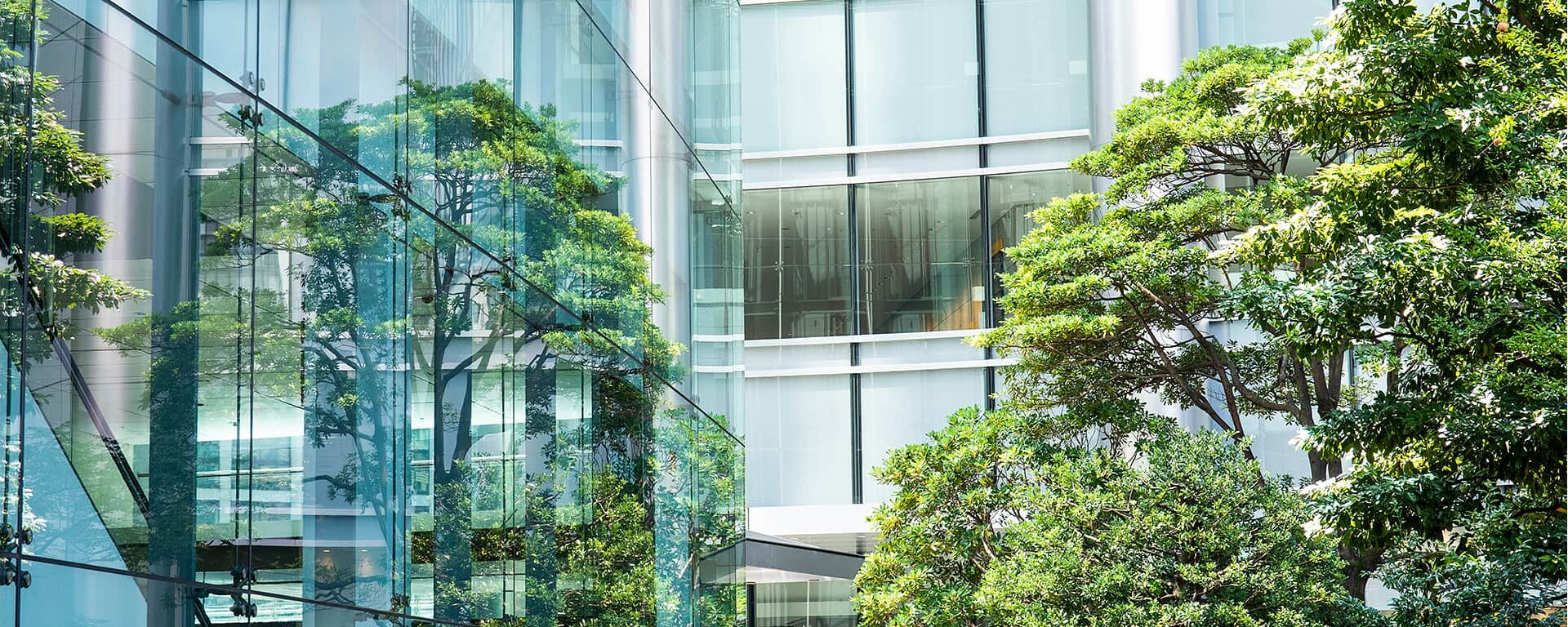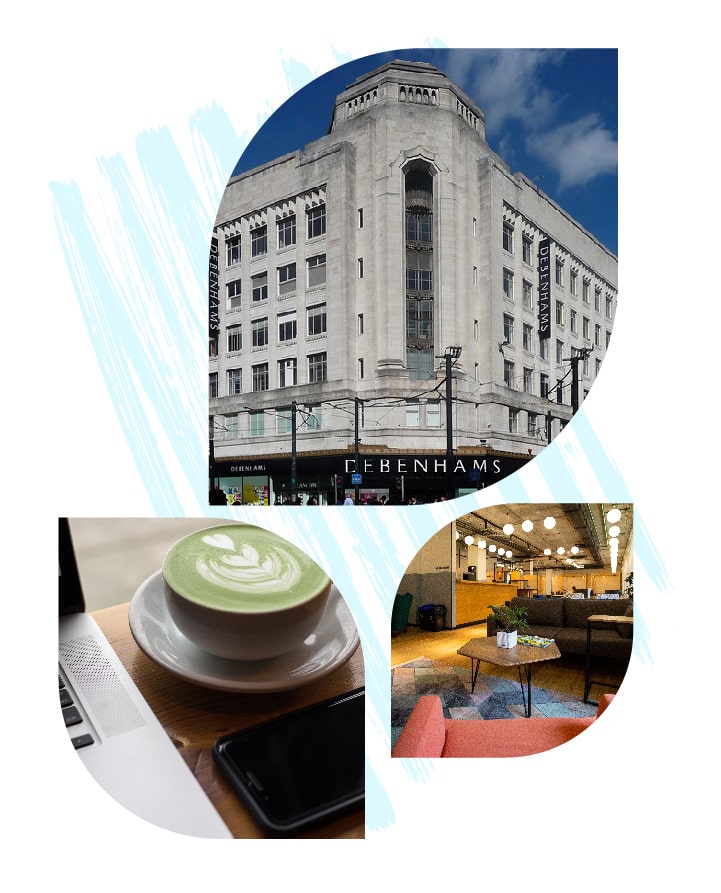Change

Look at an old photo or film of a UK city in the early twentieth century and you’ll see streets bustling with people and traffic, children playing and hawkers selling their wares. A century on, the buildings are taller, shinier and often emptier, the traffic is little better and those same city streets are no longer full of people and activity.
Changes in how we live, shop, work and travel – which have all been dramatically accelerated by the pandemic – have left many urbanists debating the future of the city. High streets, shopping centres, central business districts and secondary office locations have seen numbers of shoppers and workers fall through this period of change, but this doesn’t mean the city as a whole is dying.
As the United Nations’ UN-Habitat says in its World Cities Report 2022: Envisaging the Future of Cities, “Cities are here to stay, and the future of humanity is undoubtedly urban.”
Already more than half the world’s population live in urban areas and UN-Habitat reports that 68% of us will be living in cities by 2050.
The role of reinvention

In some areas of the world, demand for urban living is being met by creating brand new mega-cities, like Neom in Saudi Arabia and Xiong’an New Area in China, which have green spaces, latest public transport systems and smart technologies all designed-in to enable modern high-tech and more sustainable lifestyles. Existing cities may present more challenges – particularly against a backdrop of constrained budgets, build cost inflation and economic uncertainty – but there is still the opportunity to draw on their built heritage, history, context and community to help renew their purpose and prosperity.
Existing offices and retail spaces that no longer serve their original purposes may be converted to new uses, such as housing, bringing more people back into the city as residents, rather than as commuting workers.
“Reinvention and repurposing will be a major theme of development in 2023, even if immediate activity is constrained by economic conditions,”
reports property consultant JLL in its research report on the 2023 property market for the UK, Envision 2023. An example of that can be seen in the department store, once the anchor and main attraction of every city shopping centre.

How changing social behaviour shapes our cities

While some of the UK’s 124 former Debenhams stores are being demolished, others are being turned into mixed-use buildings combining a range of services and often including space for established or start-up businesses. For example, the grade 2 listed Manchester store – which was actually constructed as a textiles warehouse – is set to become a retail arcade, office and leisure building, while Bournemouth’s store has been rechristened Bobby & Co (its original name) and now contains such varied uses as an art gallery and beauty hall, with its developer, Verve Properties, putting the emphasis on the kind of locally distinctive products, services and experiences that can’t readily be found online.
These are the same qualities office workers have been seeking when setting up their laptop in their own local version of Friends’ Central Perk cafe.
A culture that started before the pandemic with the ‘digital nomads’ working in tech industries has boomed in its wake as workers have discovered the benefits of working from home and got to know and appreciate their local community. Like the pub and the street corner of a century ago, coffee shops have become ‘third spaces’, places between home and workplace where people gather not only to work, but to enjoy the essential social interaction that strengthens community ties.
This focus on social interaction is in turn now feeding back into office design, as developers and businesses look to attract workers out of the home office and café and back to the formal workplace. Office space is consequently becoming more ‘homely’ – a trend sometimes described as resimercial – and sociable, with indoor and outdoor space for socialising and more collaborative working now being provided alongside more conventional desk space.
Forging distinctive cities

The office tower, the car, the shopping centre and retail chains have dominated cityshaping for the past century or more, but their ubiquity has ultimately proved detrimental to city distinctiveness. The most obvious example of that was the reliance on chain stores, which resulted in more than 40% of UK towns becoming places where “the individuality of high street shops has been replaced by a monochrome strip of global and national chains”, as think tank the New Economics Foundation (NEF) reported way back in 2004 in its report, Clone town Britain.
Since then the commercial tide has turned and citymakers are increasingly recognising the need to foster greater resilience by promoting diverse uses, distinctiveness of character and countless opportunities for everyday social interaction, whether on the cycle path, in the park or at the latest street food market. It’s a vision that isn’t exactly new: these are the kind of characteristics that were integral to ancient Rome, medieval York and countless other cities throughout history.
Such characteristics were also recognised in the early 1960s by Jane Jacobs, the US author, urbanist and activist who campaigned against the worst excesses of mid-twentieth century development in her home neighbourhood of Greenwich Village. “Lively, diverse, intense cities contain the seeds of their own regeneration, with energy enough to carry over for problems and needs outside themselves,” Jacobs wrote in her seminal book, The Death and Life of Great American Cities. It’s an optimistic message for the UK’s cities.



